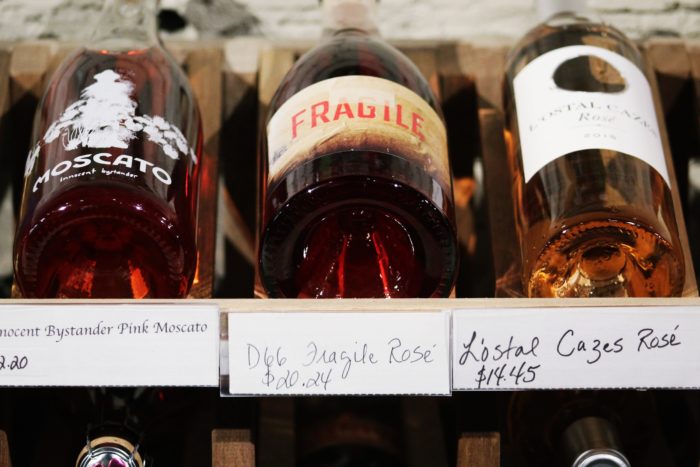There’s a reason why it’s hard to go shopping and come home with only one item. (Well, to be honest, there are likely a few reasons for that).
The one we’re focusing on here is charm pricing. Charm pricing is a common strategy to get consumers to buy a product—or multiple products—with certain prices.
Charm Pricing Definition
So then, what is charm pricing?
Charm pricing, also known as psychological pricing, is a pricing strategy that uses odd numbers—often nines—to demonstrate perceived value to shoppers and convince them to buy. For example, this pricing strategy is often identifiable by a price ending in 99 cents instead of a round number, such as $3.99 instead of $4.00.
Why Does Charm Pricing Work?
Technically speaking, the savings of 1 cent in the above example isn’t great. However, consumers perceive the savings as much greater, potentially latching on to the first digit instead of the last. They might also believe the specific price demonstrates greater value or a markdown.
These are a few reasons why charm pricing works. Consumers are looking for any type of deal or savings they can get, and a lower price is a lower price—even if the difference isn’t great. Furthermore, many shoppers buy based on emotions. They want to feel like they’re getting deals, either against a similar brand or a different retailer. Pricing something at $19.95 instead of $20.00 plays into those emotions.
There’s also the promotional aspect of it. Prices that end in nines or other numbers are often indicative of sale. That means the shopper is getting a good deal, especially if they buy now. Who knows? Maybe the price will be higher the next time they check. In their minds, this is the value-buy, not the expensive option.
Charm pricing, also known as psychological pricing, is a pricing strategy that uses odd numbers—often nines—to demonstrate perceived value to shoppers and convince them to buy.
Are There Other Types of Charm Pricing?
Is a price ending in an odd number the only version of charm pricing? Not quite. Depending on who you ask, charm pricing might be defined as a price ending in nines, or it could have a few different forms. That’s because today “charm” is often synonymous with “psychological.”
Looking at other types of psychological pricing, you’ll see other strategies that can have the same positive effect on consumers. That includes:
- Odd-ending prices that aren’t nines, such as $3.77
- Price lining
- Limited-time sales
- Buy one get one free
We dove deeper into these specific pricing strategies if you’re curious to learn more.

How Can You Use Charm Pricing?
What does all this mean for your business? Odds are, you use some type of charm pricing or psychological pricing now. But do you know which prices resonate the most with your shoppers? Which ones drive the most value, generate the most sales, or return the greatest profit?
The next step is gathering accurate insights into your existing pricing strategies to identify areas for improvement. What you want to do is test, measure, and implement. Test your prices, measure the results, and implement refined tactics for the best results.
Ideally, you can achieve this with a limited impact on your staff through automation and machine learning. Consider a price intelligence solution that allows you to monitor prices across multiple online marketplaces and reprice automatically based on predetermined rules (such as charm pricing).
Then, you can be confident in your prices and leverage the best strategy for your business—and your consumers.














